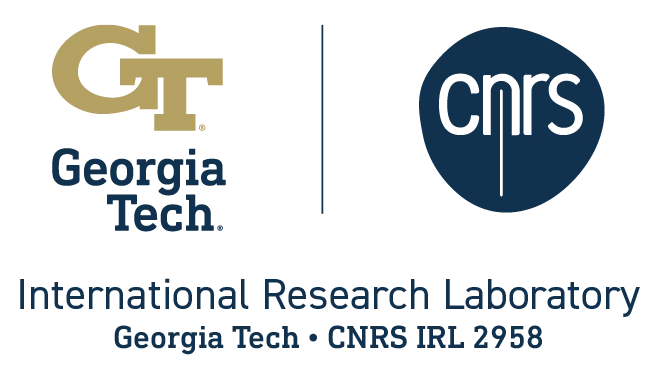THz Imaging for Nondestructive Evaluation
Key Research Areas
- Terahertz Imaging for Nondestructive Evaluation Our research utilizes THz imaging to probe subsurface structures in a wide range of materials. THz waves penetrate non-metallic materials like polymers, composites, ceramics, and coatings, making them ideal for detecting internal defects, delaminations, voids, and other structural anomalies. We have applied THz imaging in both industrial and cultural heritage contexts:
- Composites and Hybrid Materials: We investigate intra- and inter-laminar damage in hybrid fiber-reinforced composites, revealing the extent of impact damage and delaminations, which are critical for aerospace and automotive applications.
- Coatings and Thin Films: Our team explores the characterization of conformal coatings, mill-scale layers, and multilayer systems to assess thickness and detect hidden defects.
- 6G Applications: We are pioneering the use of THz for material characterization in next-generation wireless communications, including the evaluation of low-loss polymers and glass for 6G systems.
- Cultural Heritage and Art Conservation One of our core applications of THz technology is the non-invasive investigation of cultural heritage objects and fine art. THz time-domain spectroscopy (TDS) allows us to explore the stratigraphy of paintings and archaeological artifacts, unveiling hidden layers, subsurface features, and restoration histories. In this area, notable studies include:
- Paintings and Historical Artifacts: We have successfully applied THz deconvolution techniques to reconstruct the layer structures of oil paintings, identifying concealed features and informing conservation efforts.
- Ancient Materials: Using THz imaging, we reveal features in stone, wood, and ceramic objects, contributing to the preservation and understanding of ancient cultural artifacts.
- Multimodal NDE and Advanced Imaging Techniques We combine THz imaging with other complementary techniques, such as ultrasonic testing, acoustic microscopy, and X-ray imaging, to enhance material characterization. These multimodal approaches provide a comprehensive view of the internal properties of materials and help to cross-verify the findings of THz imaging.
- Ultrasonic and Acoustic Microscopy: We investigate material properties at microscopic scales, including the mechanical and viscoelastic characteristics of polymers and composites.
- Spectral Deconvolution and Polarization-Resolved Imaging: We implement advanced deconvolution algorithms and polarization-sensitive imaging to achieve high-resolution analysis of layered structures and anisotropic materials.
Applications and Impact
- Aerospace and Automotive Industries: Our work in evaluating composite materials is critical for ensuring the safety and longevity of lightweight structures used in modern aerospace and automotive industries.
- Cultural Heritage: The ability to non-invasively study artworks and artifacts provides invaluable insights into the preservation of cultural heritage, supporting museums, galleries, and conservators worldwide.
- Next-Generation Communications: With our focus on 6G materials, we are helping to shape the future of high-speed, low-loss communication systems by identifying and characterizing materials that meet the demanding requirements of future networks.
Vision and Future Directions
As leaders in THz imaging and nondestructive evaluation, we are committed to expanding the frontiers of these technologies. Future research will continue to explore novel materials for 6G applications, advanced deconvolution techniques for improved resolution, and broader adoption of THz imaging in both industrial and cultural heritage sectors. Through our interdisciplinary approach, we aim to contribute significantly to advancements in science, engineering, and art conservation.
